Java Reference
In-Depth Information
Summary of Key Concepts
An object, with its well-defined interface, is a perfect mechanism for imple-
menting a collection.
■
The size of a dynamic data structure grows and shrinks as needed.
■
A dynamically linked list is managed by storing and updating references to
objects.
■
Insert and delete operations can be implemented by carefully manipulating
object references.
■
Many variations on the implementation of dynamically linked lists can be
defined.
■
A queue is a linear data structure that manages data in a first-in, first-out
manner.
■
A stack is a linear data structure that manages data in a last-in, first-out
manner.
■
A tree is a non-linear data structure that organizes data into a hierarchy.
■
A graph is a non-linear data structure that connects nodes using generic
edges.
■
The Java Collections API defines several collection classes implemented in
various ways.
■
The classes of the Java Collections API are implemented as generic types.
■
Generic classes ensure type compatibility among the objects stored by the
collection.
■
Exercises
Visit
www.myprogramminglab.com
to complete many of these Exercises
online and get instant feedback.
EX 13.1
Suppose
current
is a reference to a
Node
object and that it
currently refers to a specific node in a linked list. Show, in
pseudocode, the steps that would delete the node following
current
from the list. Carefully consider the cases in which
current
is referring to the first and last nodes in the list.
EX 13.2
Modify your answer to Exercise 13.1 assuming that the list was
set up as a doubly linked list, with both
next
and
prev
references.
EX 13.3
Suppose
current
and
newNode
are references to
Node
objects.
Assume
current
currently refers to a specific node in a linked



Search WWH ::

Custom Search